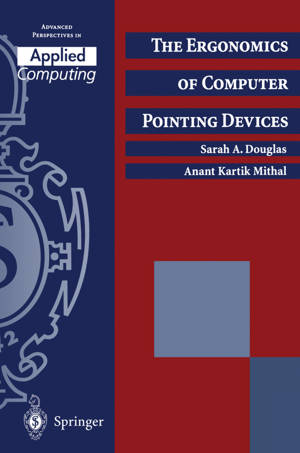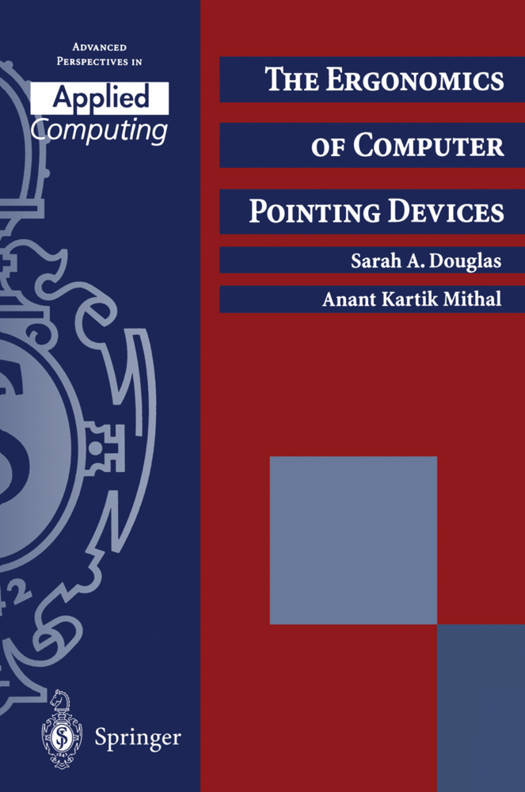
- Retrait gratuit dans votre magasin Club
- 7.000.000 titres dans notre catalogue
- Payer en toute sécurité
- Toujours un magasin près de chez vous
- Retrait gratuit dans votre magasin Club
- 7.000.0000 titres dans notre catalogue
- Payer en toute sécurité
- Toujours un magasin près de chez vous
52,95 €
+ 105 points
Description
We first began looking at pointing devices and human performance in 1990 when the senior author, Sarah Douglas, was asked to evaluate the human performance ofa rather novel device: a finger-controlled isometric joystick placed under a key on the keyboard. Since 1990 we have been involved in the development and evaluation ofother isometric joysticks, a foot-controlled mouse, a trackball, and a wearable computer with head- mounted display. We unabashedly believe that design and evaluation of pointing devices should evolve from a broad spectrum of values which place the human being at the center. These values include performance iss- ues such as pointing-time and errors, physical issues such as comfort and health, and contextual issues such as task usabilityand user acceptance. This book chronicles this six-year history of our relationship as teacher (Douglas) and student (Mithal), as we moved from more traditional evalu- ation using Fitts' law as the paradigm, to understanding the basic research literature on psychomotor behavior. During that process we became pro- foundly aware that many designers of pointing devices fail to understand the constraints of human performance, and often do not even consider experimental evaluation critical to usability decisions before marketing a device. We also became aware ofthe fact that, contraryto popularbeliefin the human-computer interaction community, the problem of predicting pointing device performance has not been solved by Fitts' law. Similarly, our expectations were biased by the cognitive revolution of the past 15 years with the beliefpointing device research was 'low-level' and uninter- esting.
Spécifications
Parties prenantes
- Auteur(s) :
- Editeur:
Contenu
- Nombre de pages :
- 233
- Langue:
- Anglais
- Collection :
Caractéristiques
- EAN:
- 9783540199861
- Date de parution :
- 28-04-97
- Format:
- Livre broché
- Format numérique:
- Trade paperback (VS)
- Dimensions :
- 156 mm x 236 mm
- Poids :
- 381 g

Les avis
Nous publions uniquement les avis qui respectent les conditions requises. Consultez nos conditions pour les avis.






